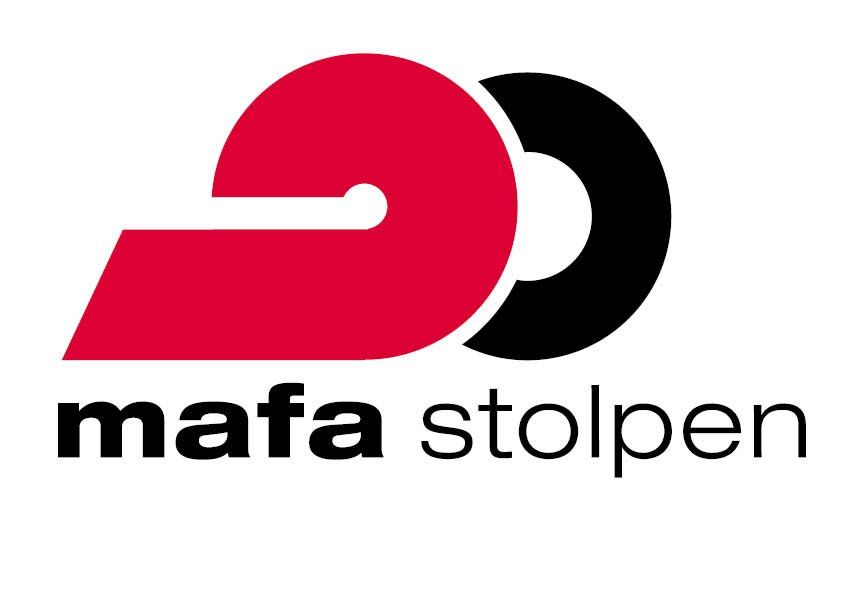Silage Wagon: The Efficient Solution for Forage Handling
Silage Wagon: The Efficient Solution for Forage Handling
Key Features of Modern Silage Wagons
1. High-Capacity Design
- Large-volume containers (typically 15-40 cubic yards)
- Heavy-duty steel construction for durability
- Optimized weight distribution for stable transport
2. Advanced Loading Systems
- Hydraulic pickup reels with adjustable tines
- Integrated chopping/mixing mechanisms (on some models)
- Side or rear loading configurations
3. Efficient Unloading Options
- Rear-tipping dump mechanism
- Continuous unload systems (for mixer wagons)
- Hydraulic controls for precise discharge
4. Specialized Components
- Reinforced axles for heavy loads
- Tarp systems for moisture protection
- Rubberized floors for easy cleaning
Benefits of Using a Silage Wagon
- Increased Efficiency - Handles more material than manual methods
- Improved Feed Quality - Minimizes contamination and spoilage
- Labor Savings - Reduces need for multiple workers
- Versatility - Works with various forage types
- Cost-Effective - Lower operational costs than tractor-trailer systems
Top Silage Wagon Manufacturers
1. Meyer Manufacturing
-
Flagship Model: Super 18 HD
-
Features: 18 cubic yard capacity, dual auger system
2. Jaylor
-
Flagship Model: 3400 Series
-
Features: 34 cubic yard capacity, rear discharge
3. H&S Manufacturing
-
Flagship Model: 3100 Series
-
Features: 31 cubic yard capacity, hydraulic tarp
4. Killbros
-
Flagship Model: 1850 Wagon
-
Features: 18.5 cubic yard capacity, heavy-duty frame
Choosing the Right Silage Wagon
Consider these factors when selecting:
-
Farm Size - Match capacity to your operation scale
-
Forage Type - Different designs for corn silage vs. haylage
-
Tractor Compatibility - Ensure proper hitch and PTO requirements
-
Terrain - Axle configuration for your field conditions
-
Budget - New vs. used equipment options
Operation & Maintenance Tips
Best Practices:
- Regularly grease all moving parts
- Clean after each use to prevent corrosion
- Inspect hydraulic lines for leaks
- Store under cover when not in use
Safety Considerations:
- Never exceed recommended load limits
- Ensure proper hitching before operation
- Keep bystanders clear during loading/unloading
Future Trends in Silage Technology
-
Automated Loading Systems - Sensor-based pickup control
-
Weight Monitoring - Onboard load measurement
-
Improved Material Flow - Advanced floor designs
-
Telematics Integration - Remote monitoring capabilities
Silage Wagon vs. Traditional Methods
| Feature | Loader Wagon | Traditional Methods |
|---|---|---|
| Capacity | 15-40 cu. yd | Limited by trailer size |
| Speed | 2-3x faster | Slower manual loading |
| Labor | 1 operator | Multiple workers |
| Feed Quality | Better preservation | Higher contamination risk |
| Cost | Higher initial | Lower equipment cost |






